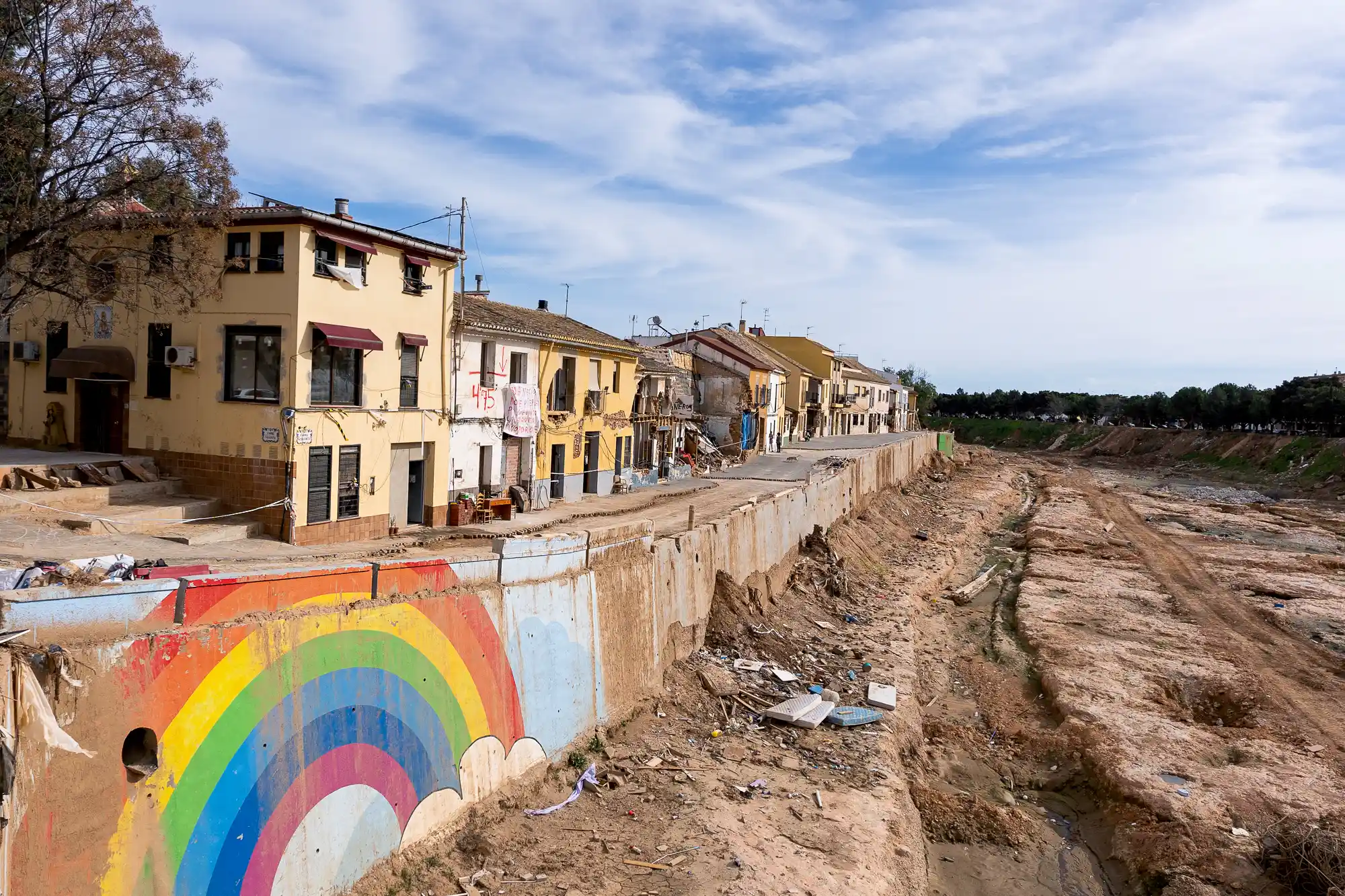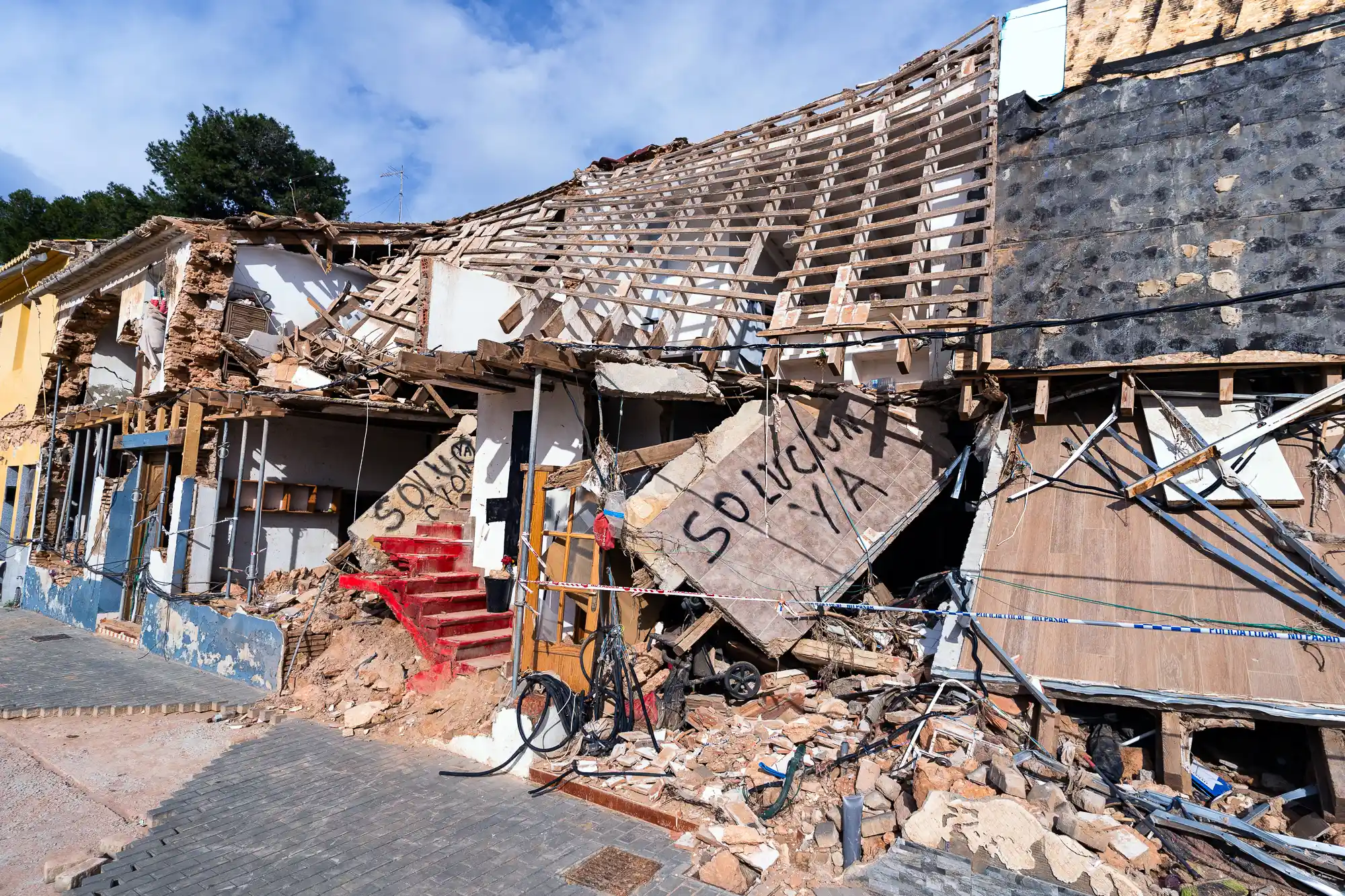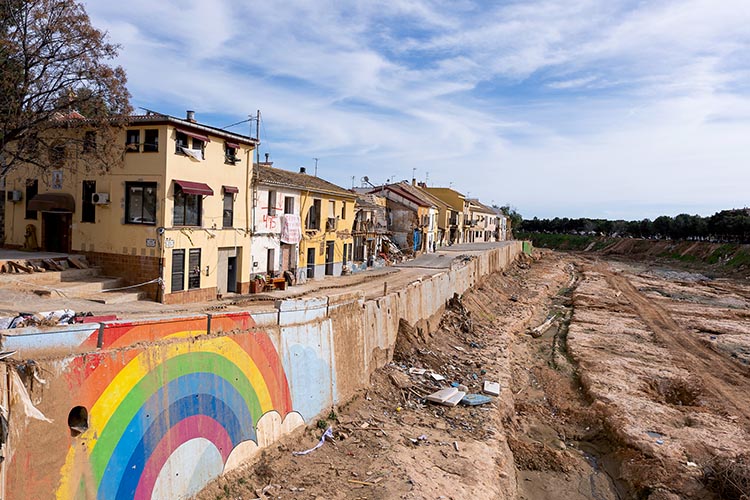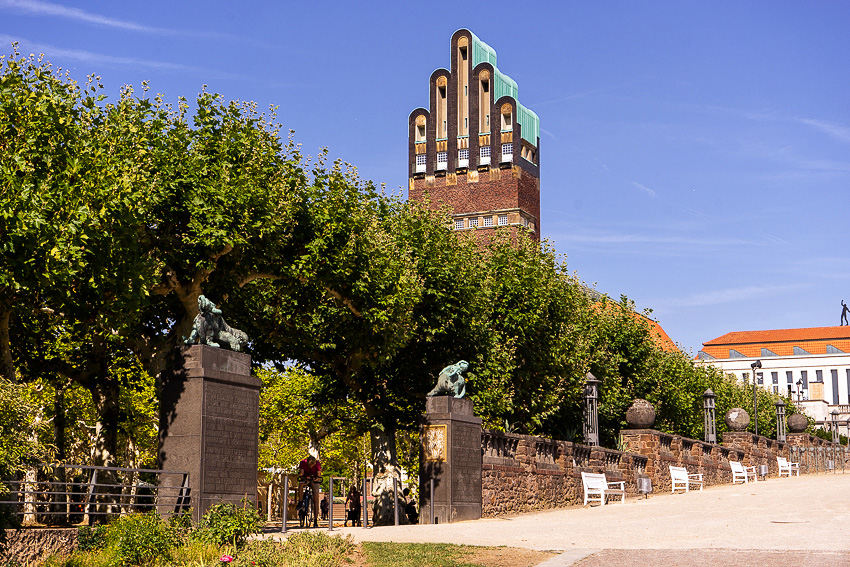We were visiting family in the USA when devastating floods struck Valencia in late October, 2024. Caused by a meteorological phenomenon known as the DANA, the disaster caused hundreds of deaths and over three billion dollars in property damages. The scope of the catastrophe was almost incomprehensible, with entire neighborhoods and towns utterly destroyed overnight.
Table of Contents

As the days and weeks following the flooding unfolded, reaction in Valencia turned from anguish to outrage. We learned that warnings didn’t go out until hours after the flooding had started. It came to light that the president of the Valencian Community had been enjoying a six-hour lunch while areas south of the city were being swept away. Days went by without any military or governmental intervention, and reports came in of the right-wing Valencian government actively refusing assistance from left-leaning states. People were left to suffer, their homes and livelihoods destroyed, without any assistance beyond that offered by the thousands of volunteers who had stepped up to fill the shocking official void.
It’s a human trait to be obsessed with major news as it’s happening, and then forget about it completely in the weeks and months that follow. But as we discovered during a recent trip to Picanya — one of the areas most affected by the flooding — the story of the devastation in Valencia is very much still ongoing, even if the world has since shifted its fickle focus elsewhere.
Picanya Aftermath Video
This was our first time to an area affected by the DANA (which stands for “depresión aislada en niveles altos”, or “isolated low-pressure area at high levels”). And although we were expecting to see some damage, the scene which awaited us in Picanya left us speechless. Well… almost speechless, because I managed to stutter out, “Bu.. but… this happened months ago!” We saw houses still ripped in half. Entire bridges were still missing, torn from their concrete pylons by the sheer force of mud and water. Entire apartment blocks were still completely abandoned, often missing a wall so that you could peer into each room as though you had opened up a doll-house.

But there’s an inspiring story here, as well. Victims in the affected zones have managed to pull through thanks to the heroic efforts of their neighbors and private citizens. Volunteers from Valencia and around Spain have self-organized to bring food and assistance to the people of Picanya, Paiporta, and the Horta Sud, creating websites like Pueblo Ayuda al Pueblo and Ajuda Dana to coordinate efforts, and dedicating their time, money, and manpower to the cleanup. If the government will not act, the people will.
But a horde of volunteers can only do so much. They cannot reconstruct a bridge, nor restore a building torn asunder. That will require a concentrated effort from the authorities… and that’s what we didn’t see at all. It’s not like we were expecting Picanya to be “back to normal”, but we couldn’t believe the extent of the destruction, and how little reconstruction had yet been done.
We hope these photographs, all taken in Picanya in late January, 2025, three months after the flooding, help illuminate the scope of the problem. In a separate gallery underneath our own images, we’re featuring some pictures taken by a friend, in the immediate aftermath of the flooding. It’s really striking how much has already been done, and yet how much work remains.



Leave a Reply